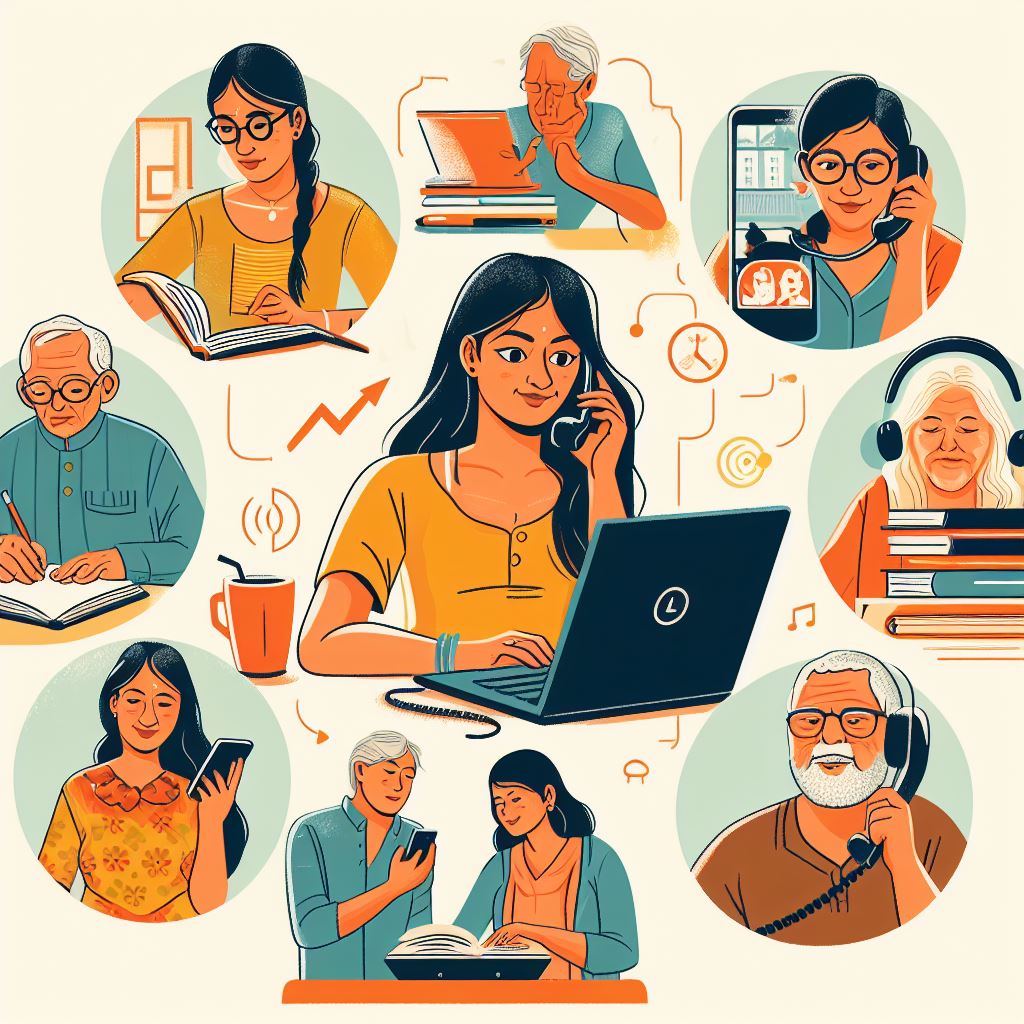Why Are You Eligible for Lifeline Telecommunication Subsidies?

Are you in need of financial assistance for your telecommunications services? Lifeline telecommunication subsidies might be the solution for you.
This article will explore the eligibility requirements, program benefits, and qualifications for participation in the Lifeline program.
By understanding the application process and necessary documentation, you can take advantage of the discounts and additional resources available.
Let’s delve into the world of Lifeline subsidies and discover if you are eligible for this valuable support.
Key Takeaways
- Lifeline telecommunication subsidies are based on income eligibility requirements.
- Eligibility is determined by comparing household income to federal poverty guidelines.
- The Lifeline program provides discounts on phone or internet services to eligible low-income individuals.
- Qualifications for participation include household income at or below 135% of federal poverty guidelines and participation in government assistance programs.
Income Eligibility Requirements
To qualify for Lifeline telecommunication subsidies, you must meet the income eligibility requirements. These requirements are put in place to ensure that the subsidies are given to those who truly need them.
The income eligibility requirements vary depending on the state you reside in, as each state has its own guidelines. Generally, to be eligible for the Lifeline program, your household income must be at or below 135% of the federal poverty guidelines. These guidelines take into account factors such as the number of people in your household and your annual income.
It’s important to note that Lifeline is a means-tested program, which means that it’s designed to assist low-income individuals and families. The goal of the program is to bridge the digital divide by providing affordable access to essential communication services.
Program Benefits and Discounts
You can receive program benefits and discounts through the Lifeline telecommunication subsidies.
The Lifeline program provides eligible low-income individuals with a discount on their monthly phone or internet service. These discounts can help make telecommunications services more affordable, ensuring that individuals have access to vital communication tools necessary for daily life.
The specific benefits and discounts vary depending on the state and the service provider, but they generally include a reduction in the monthly service charges or a waiver of the activation fees. In some cases, the program may also provide free or discounted cell phones or smartphones.
These benefits are designed to help eligible individuals stay connected with their loved ones, access job opportunities, and obtain essential services. Participating in the Lifeline program can provide significant financial relief, enabling individuals to allocate their limited resources to other essential needs.
To determine the specific benefits and discounts available in your area, you can contact your service provider or visit the Lifeline program’s official website.
Qualifications for Participation
Eligibility for participation in the Lifeline telecommunication subsidies program is based on specific criteria established to assist low-income individuals.
To qualify for this program, you must meet several requirements. First and foremost, you must have a household income at or below 135% of the federal poverty guidelines. These guidelines are updated annually and vary depending on the number of people in your household.
Additionally, you may also qualify if you participate in certain government assistance programs, such as Medicaid, Supplemental Nutrition Assistance Program (SNAP), Supplemental Security Income (SSI), Federal Public Housing Assistance (FPHA), or Veterans Pension and Survivors Benefit.
Furthermore, you may be eligible if you can demonstrate that your income is at or below 135% of the federal poverty guidelines through documentation such as your tax returns, paycheck stubs, or other official documents.
It’s important to note that only one Lifeline benefit is allowed per household, not per individual. Therefore, it’s crucial to ensure that only eligible members of your household apply for the Lifeline program.
Application Process and Documentation
Once you meet the eligibility criteria, the next step is to complete the application process and gather the necessary documentation. The application process for Lifeline telecommunication subsidies is relatively straightforward. You can apply online, by mail, or in person at a designated Lifeline service provider. When submitting your application, you will need to provide certain documentation to prove your eligibility. The required documentation may vary depending on your specific circumstances, but generally, you will need to provide proof of income or participation in a qualifying program.
To help you understand the documentation requirements better, here is a table outlining some common types of acceptable documentation:
| Type of Documentation | Examples |
|---|---|
| Proof of Income | Pay stubs, tax returns, Social Security statement |
| Proof of Participation | Medicaid or SNAP benefit letter, Federal Public Housing Assistance document |
It is important to note that the documentation you provide must be current and valid. Outdated or invalid documents may lead to delays or rejection of your application. Additionally, make sure to follow the instructions provided by the Lifeline program and submit all required documentation promptly to avoid any unnecessary complications.
Additional Resources and Support Services
Looking for ways to access additional resources and support services? As a Lifeline eligible consumer, you may qualify for more than just discounted telecommunication services.
Here are four additional resources and support services that you may be eligible for:
- Healthcare Programs: Lifeline subscribers may have access to discounted or free healthcare programs, such as Medicaid or Medicare. These programs can help cover the costs of medical care, prescriptions, and hospital visits.
- Energy Assistance: Some states offer energy assistance programs to Lifeline subscribers. These programs can help lower your energy bills or provide assistance during emergencies, ensuring that you have access to essential utilities.
- Job Training and Employment Services: Lifeline eligible consumers may have access to job training programs and employment services. These services can include resume building, job search assistance, and vocational training, helping you find stable employment and improve your financial situation.
- Educational Resources: Lifeline subscribers may also be eligible for discounted or free educational resources. This can include access to online courses, tutoring services, or discounted internet services for students. These resources can help you further your education and improve your career prospects.
Frequently Asked Questions
Are There Any Limitations on the Type of Telecommunication Services That Can Be Subsidized Through the Lifeline Program?
There are limitations on the types of telecommunication services that can be subsidized through the Lifeline program. These limitations ensure that only essential services, such as phone and internet, are eligible for subsidies.
Can I Apply for Lifeline Subsidies if I Am Already Receiving Government Assistance Through Programs Like Medicaid or Snap?
If you are already receiving government assistance through programs like Medicaid or SNAP, you may be eligible for Lifeline subsidies. These subsidies help low-income individuals access essential telecommunication services at a reduced cost.
How Long Does It Typically Take for an Application for Lifeline Subsidies to Be Processed and Approved?
Typically, it takes some time for your Lifeline subsidies application to be processed and approved. The exact duration can vary, but you should expect it to take a few weeks.
Are There Any Penalties or Consequences for Providing False or Inaccurate Information on the Lifeline Application?
Providing false info on the Lifeline app has consequences. It’s like building a house on a shaky foundation – it’ll crumble. Penalties can include criminal charges, fines, and loss of Lifeline benefits.
Can I Transfer My Lifeline Subsidy to Another Household Member if I No Longer Need It or if I Move to a Different Address?
You cannot transfer your Lifeline subsidy to another household member or address. This subsidy is only available to eligible individuals who meet the specific criteria set by the Lifeline program.



